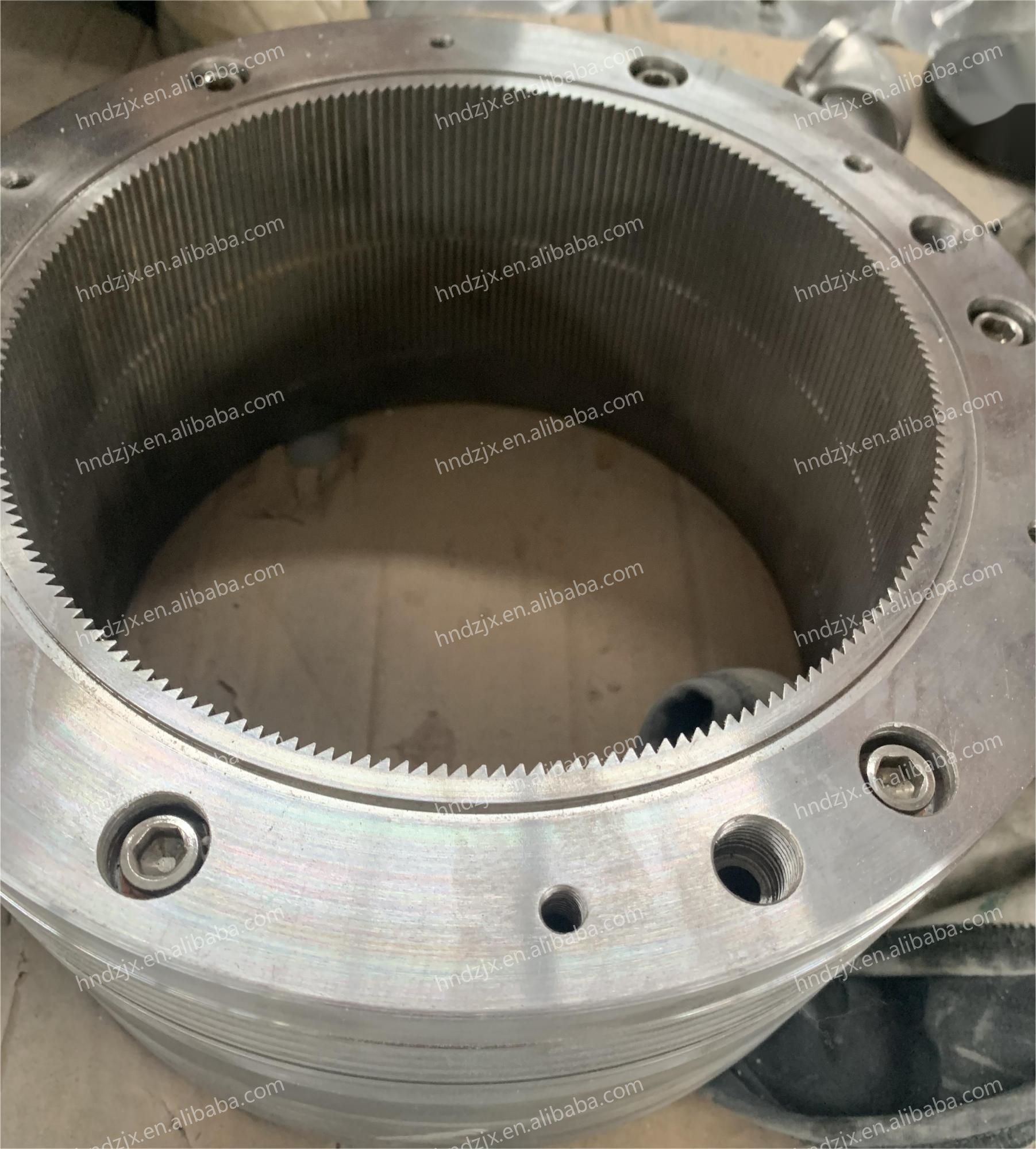
In the competitive world of soybean oil production, selecting the right extraction technology plays a pivotal role in balancing oil yield, quality, and market positioning. This article provides a deep-dive comparison between spiral oil presses and hydraulic oil presses, emphasizing why the latter has become the preferred choice for producing high-end cold-pressed edible oils tailored for discerning export markets.
The spiral oil press operates by continuously crushing and pressing raw soybeans through a rotating screw. This rapid, high-temperature process favors volume but can compromise oil flavor and nutritional integrity. Meanwhile, the hydraulic oil press employs a slow, high-pressure compression that gently extracts oil without significant heat generation, preserving delicate flavors and bioactive compounds essential for cold-pressed oils.
| Feature | Spiral Press | Hydraulic Press |
|---|---|---|
| Operating Temperature | High (60-120°C) | Low (below 40°C) |
| Oil Quality | Lower flavor retention, some nutrient loss | Superior flavor, preserves nutrients and antioxidants |
| Oil Yield | Higher, around 18–20% | Moderate, around 12–15% |
| Suitable Oil Types | Refined and blended oils | Premium cold-pressed oils |
| Maintenance & Operation | Continuous, simpler automation | Batch process, more manual control |
Cold pressing, predominantly performed via hydraulic presses, operates at temperatures below 40°C. This limits thermal degradation, retaining essential fatty acids, vitamins (such as E), and natural aromas that define premium edible oils. Conversely, heat pressing, common in spiral presses, elevates oil yield but at the expense of flavor complexity and some heat-sensitive nutrients.
For high-end export markets — particularly in Europe, North America, and Japan — consumer trends emphasize nutritional value and natural taste. Cold-pressed oils typically command price premiums of 20-40% due to these qualities. Moreover, the slow, gentle hydraulic pressing reduces oxidation risks, thus extending shelf life without additional additives.

When selecting oil extraction equipment, it is essential to align machine choice with operational priorities:
This balanced consideration ensures optimum runs that correspond with export market demands and buyer expectations.

Integrated filtration systems, when paired with hydraulic presses, significantly elevate the clarity and shelf stability of cold-pressed oil. Fine particulate removal minimizes turbidity without resorting to harsh chemical refining, which aligns well with clean-label trends in global food markets.
Practical implementations show that employing multi-stage filtration reduces free fatty acids and moisture content by up to 30%, yielding oil that complies with stringent international export standards including ISO and FDA regulations.

| Criteria | Hydraulic Oil Press | Spiral Oil Press |
|---|---|---|
| Desired Oil Type | Cold-pressed, premium | Refined, high volume |
| Maximum Operating Temperature | <40°C | 60-120°C |
| Batch vs Continuous Processing | Batch (slow, controlled) | Continuous (fast) |
| Target Export Markets | Europe, North America, Japan (premium) | Mass markets |
For producers who prioritize oil purity, flavor, and nutritional content to meet strict export criteria, hydraulic oil presses combined with integrated filtration promise a competitive edge. This approach empowers enterprises to deliver authentic, cold-pressed soybean oil aligned with global consumer trends and quality benchmarks.
Ready to discover the ideal hydraulic oil press tailored to your production scale and quality targets? Explore our specialized cold-pressed soybean oil machinery now.

